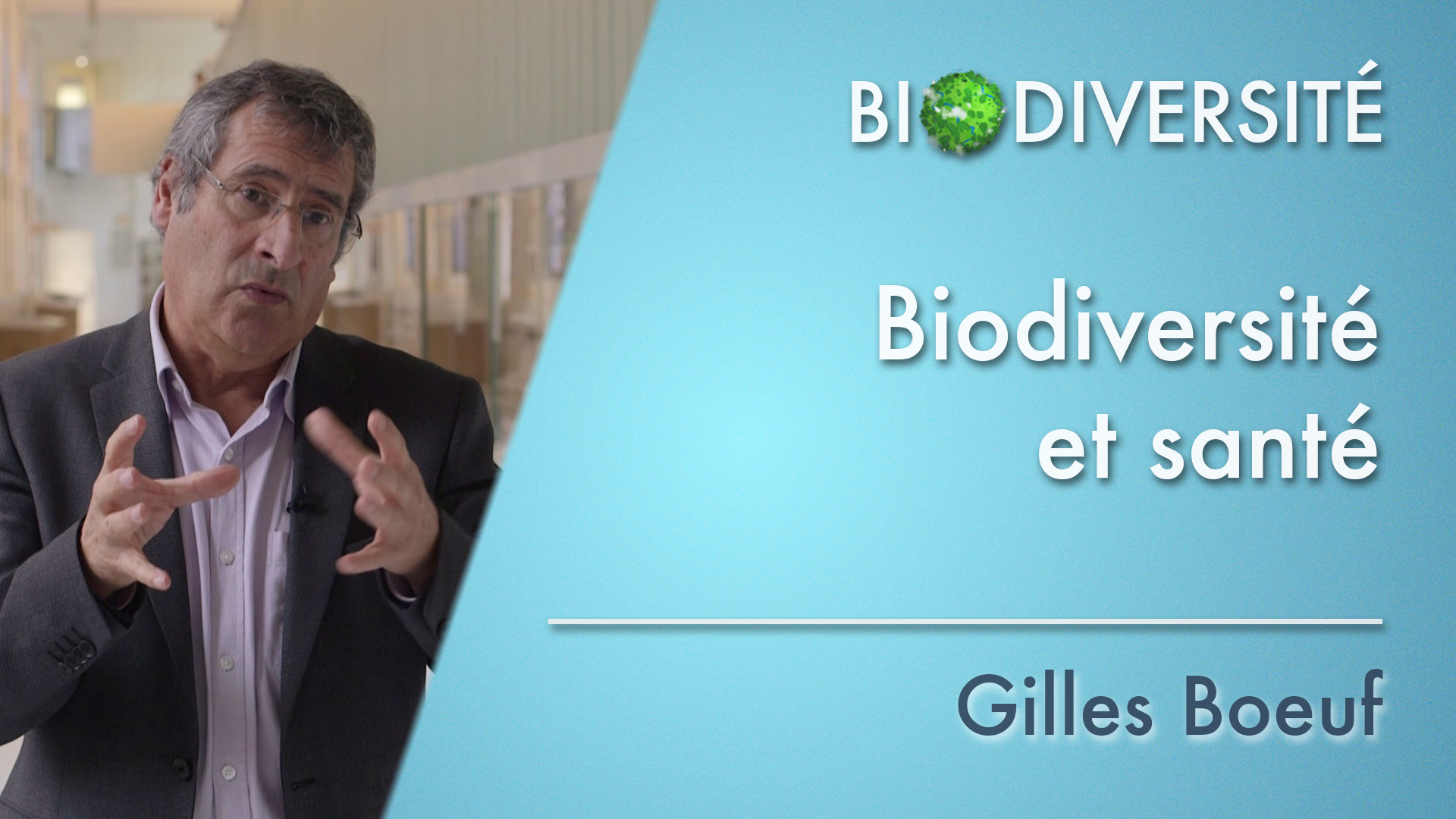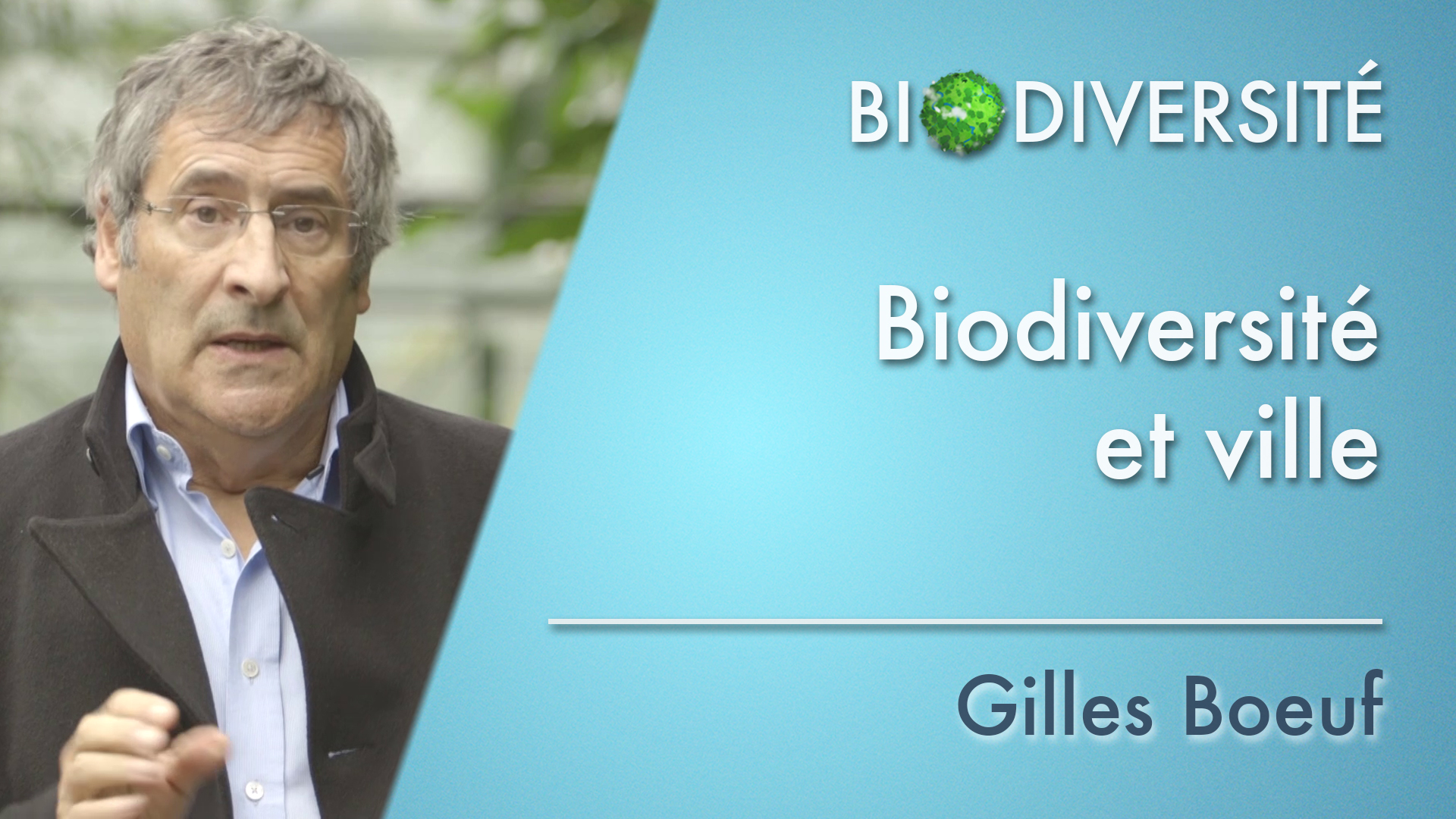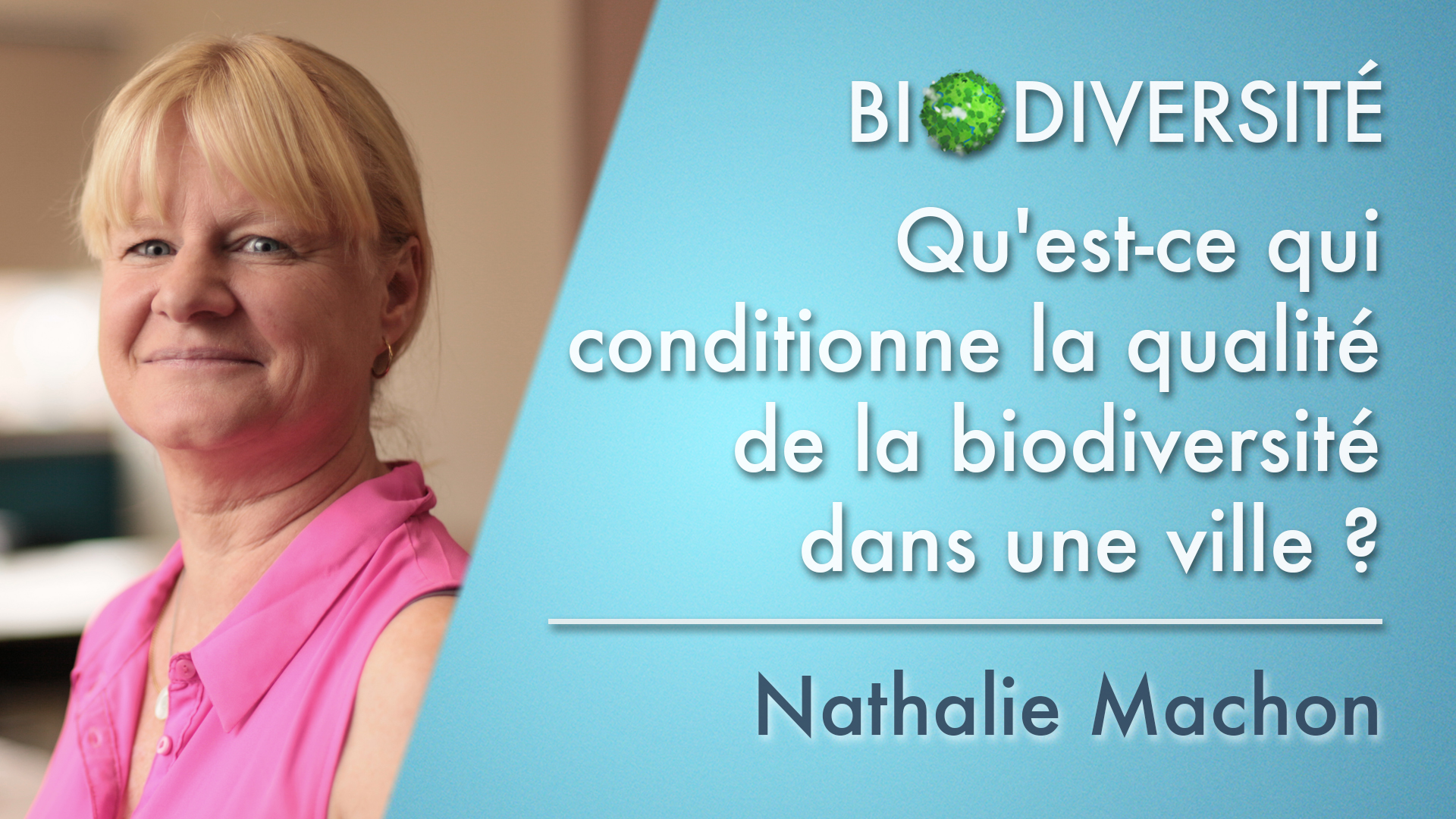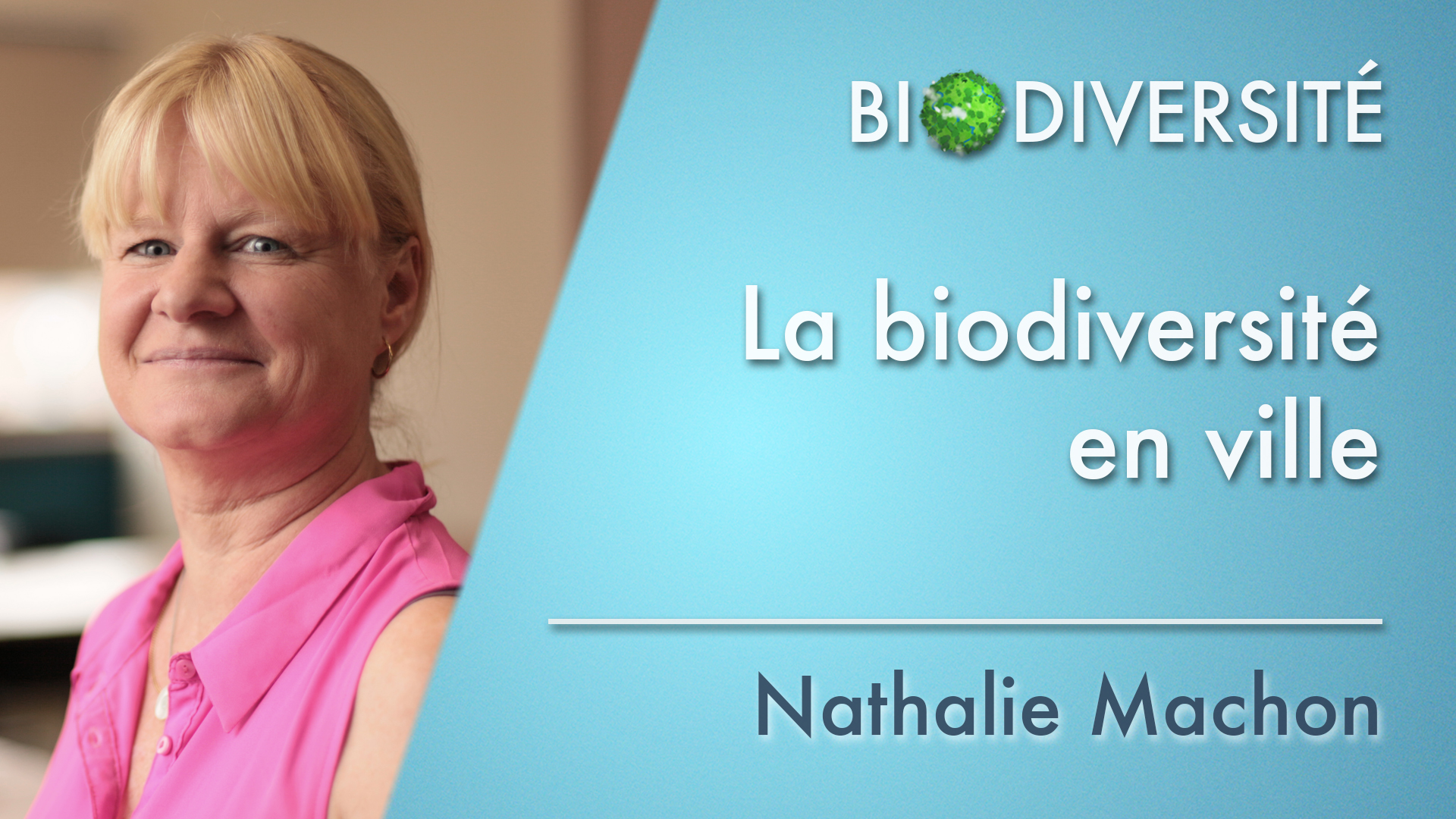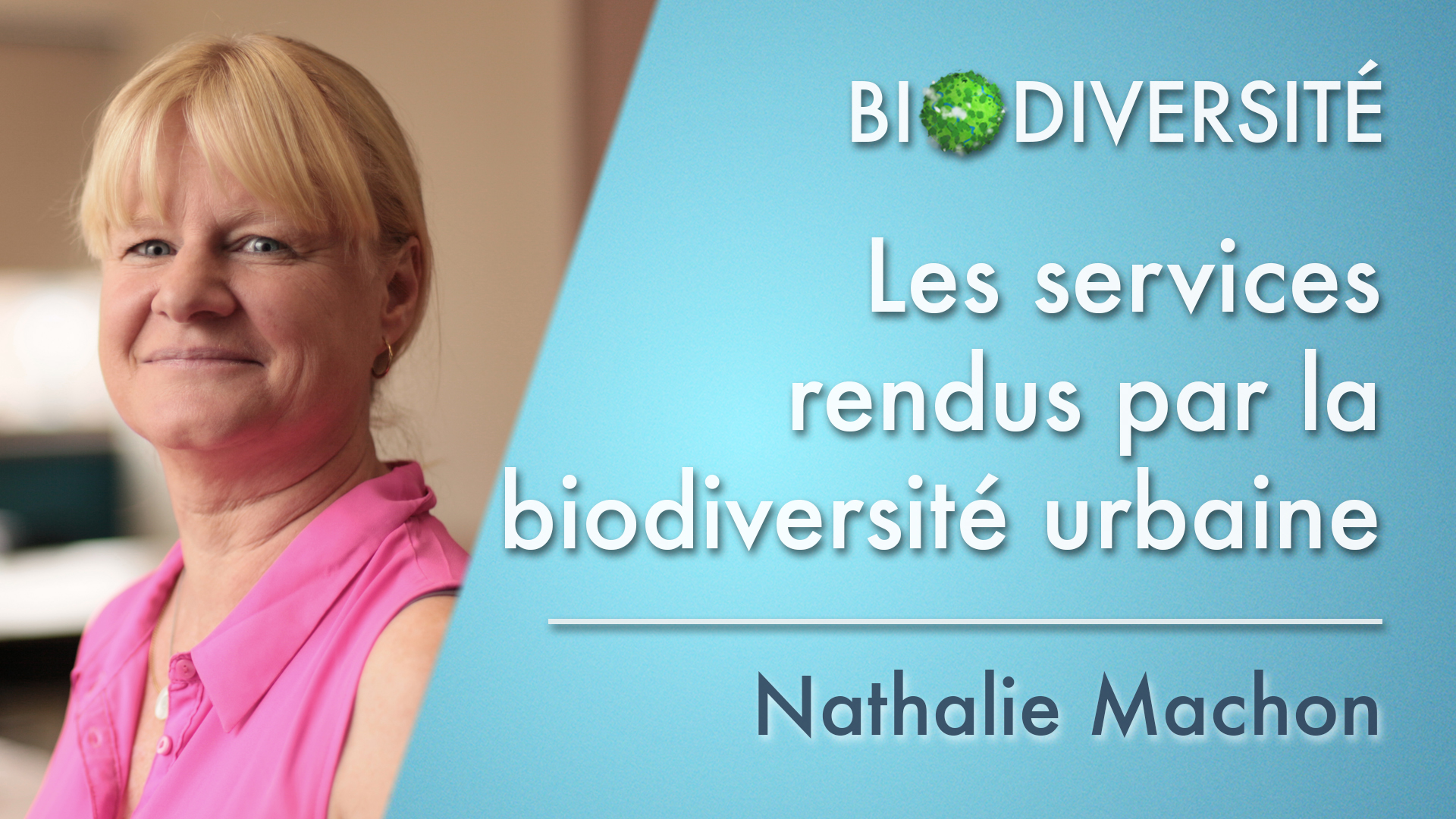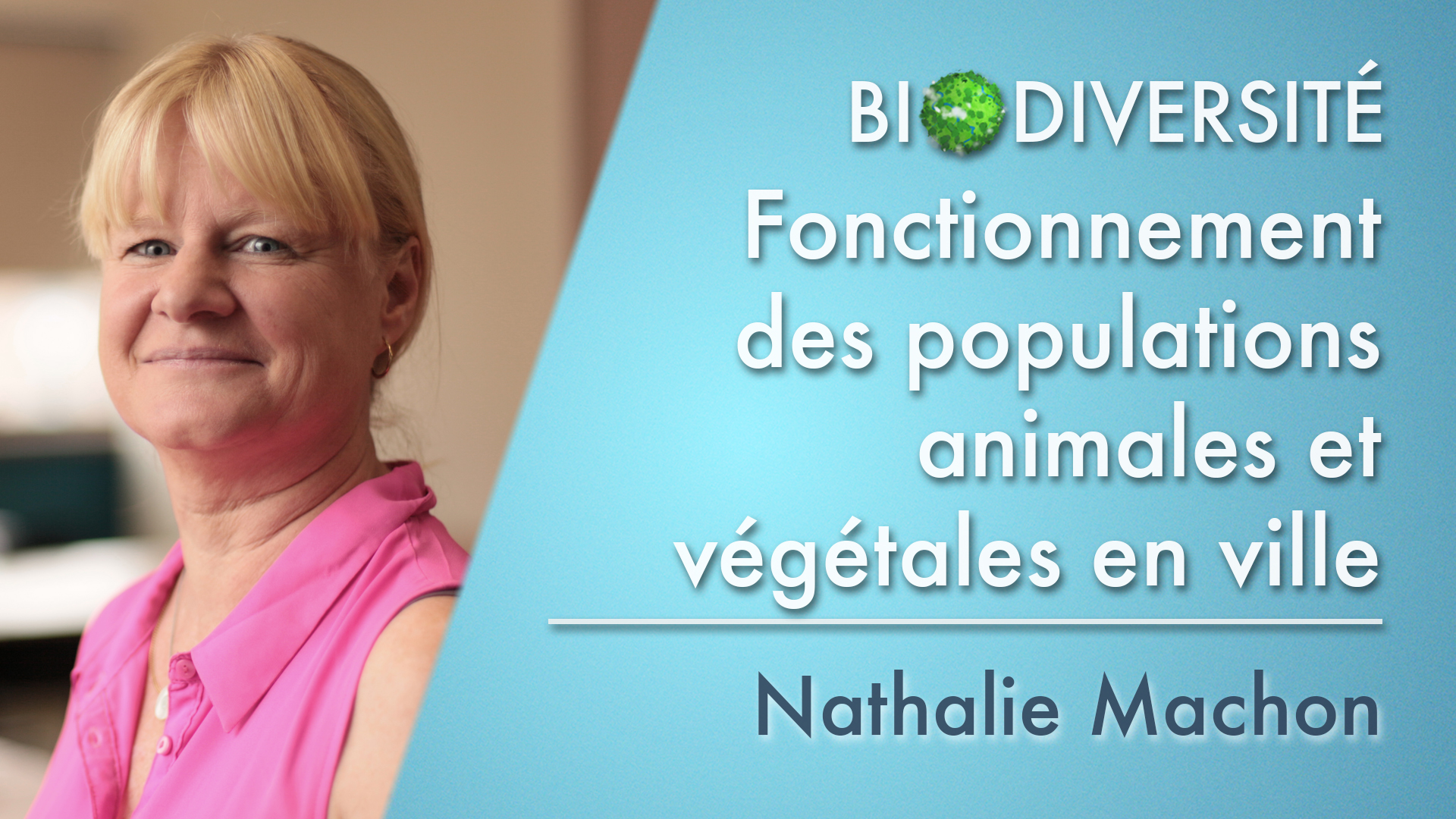Notice
EN-10. The functioning of urban animal and plant populations
- document 1 document 2 document 3
- niveau 1 niveau 2 niveau 3
Descriptif
Nathalie Machon brings data about the functioning of urban animal and plant populations. The cities are environments marked by an important fragmentation of habitats and by constraining physicochemical conditions. She illustrates her presentation with a study made on the tree roots aroud Bercy station, in Paris.
Intervention / Responsable scientifique
Dans la même collection
-
Biodiversity and health - Introduction
Bernard Swynghedauw explores with us a still quite unknown biodiversity, which plays an essential role for our development: the microbiota. It consists of all the microorganisms living in our organism
-
Biodiversity and the city - Introduction
The cities still grow all around the world, and are environments which are very modified by humans. The urban living conditions constitute as many constraints as opportunities for the biodiversity. It
-
EN-12. What determines the quality of urban biodiversity ?
MachonNathalieNathalie Machon presents some factors influencing the quality of the urban biodiversity: climate, soil features, age of the habitat, fragmentation and heterogeneity of the green areas... She concludes
-
EN-9. The urban biodiversity
MachonNathalieWith Nathalie Machon, we will discover the urban biodiversity. She proposes a zoning of cities depending on the extent of the green areas, then she explains the ecological features specific to this
-
EN-11. Services rendered by the urban biodiversity
MachonNathalieNathalie Machon uses the approach of ecosystem services to highlight the interest in preserving and promoting the urban nature: supply services, control services, cultural services and support
-
12. Qu'est-ce qui conditionne la qualité de la biodiversité dans une ville ?
MachonNathalieNathalie Machon présente quelques facteurs qui influencent la qualité de la biodiversité en ville : climat, caractéristiques du sol, ancienneté de l'habitat, fragmentation et hétérogénéité des espaces
-
10. Fonctionnement des populations animales et végétales en ville
MachonNathalieNathalie Machon apporte des éléments sur le fonctionnement des populations animales et végétales en ville, milieux marqués par une importante fragmentation des habitats et des conditions
-
11. Les services rendus par la biodiversité urbaine
MachonNathalieNathalie Machon s'appuie sur l'approche des services écosystémiques pour mettre en évidence l'intérêt de préserver et de promouvoir la nature en ville. Service d'approvisionnement, service de
-
9. La biodiversité en ville
MachonNathalieNathalie Machon nous emmène à la découverte de la biodiversité en ville. Elle propose pour cela un zonage de villes en fonction de l'importance des espaces verts, puis précise les caractéristiques
-
Biodiversité et santé - Clip
Premier clip de la cinquième semaine du MOOC UVED Biodiversité. Les villes, qui ne cessent de croître à l'échelle de la planète, constituent des milieux très fortement modifiés par l'homme. Les
-
8. Biodiversité et ville - Clip
Deuxième clip de la cinquième semaine du MOOC UVED Biodiversité. Les villes, qui ne cessent de croître à l'échelle de la planète, constituent des milieux très fortement modifiés par l
Avec les mêmes intervenants et intervenantes
-
EN-11. Services rendered by the urban biodiversity
MachonNathalieNathalie Machon uses the approach of ecosystem services to highlight the interest in preserving and promoting the urban nature: supply services, control services, cultural services and support
-
EN-12. What determines the quality of urban biodiversity ?
MachonNathalieNathalie Machon presents some factors influencing the quality of the urban biodiversity: climate, soil features, age of the habitat, fragmentation and heterogeneity of the green areas... She concludes
-
EN-9. The urban biodiversity
MachonNathalieWith Nathalie Machon, we will discover the urban biodiversity. She proposes a zoning of cities depending on the extent of the green areas, then she explains the ecological features specific to this
-
9. La biodiversité en ville
MachonNathalieNathalie Machon nous emmène à la découverte de la biodiversité en ville. Elle propose pour cela un zonage de villes en fonction de l'importance des espaces verts, puis précise les caractéristiques
-
12. Qu'est-ce qui conditionne la qualité de la biodiversité dans une ville ?
MachonNathalieNathalie Machon présente quelques facteurs qui influencent la qualité de la biodiversité en ville : climat, caractéristiques du sol, ancienneté de l'habitat, fragmentation et hétérogénéité des espaces
-
10. Fonctionnement des populations animales et végétales en ville
MachonNathalieNathalie Machon apporte des éléments sur le fonctionnement des populations animales et végétales en ville, milieux marqués par une importante fragmentation des habitats et des conditions
-
11. Les services rendus par la biodiversité urbaine
MachonNathalieNathalie Machon s'appuie sur l'approche des services écosystémiques pour mettre en évidence l'intérêt de préserver et de promouvoir la nature en ville. Service d'approvisionnement, service de



